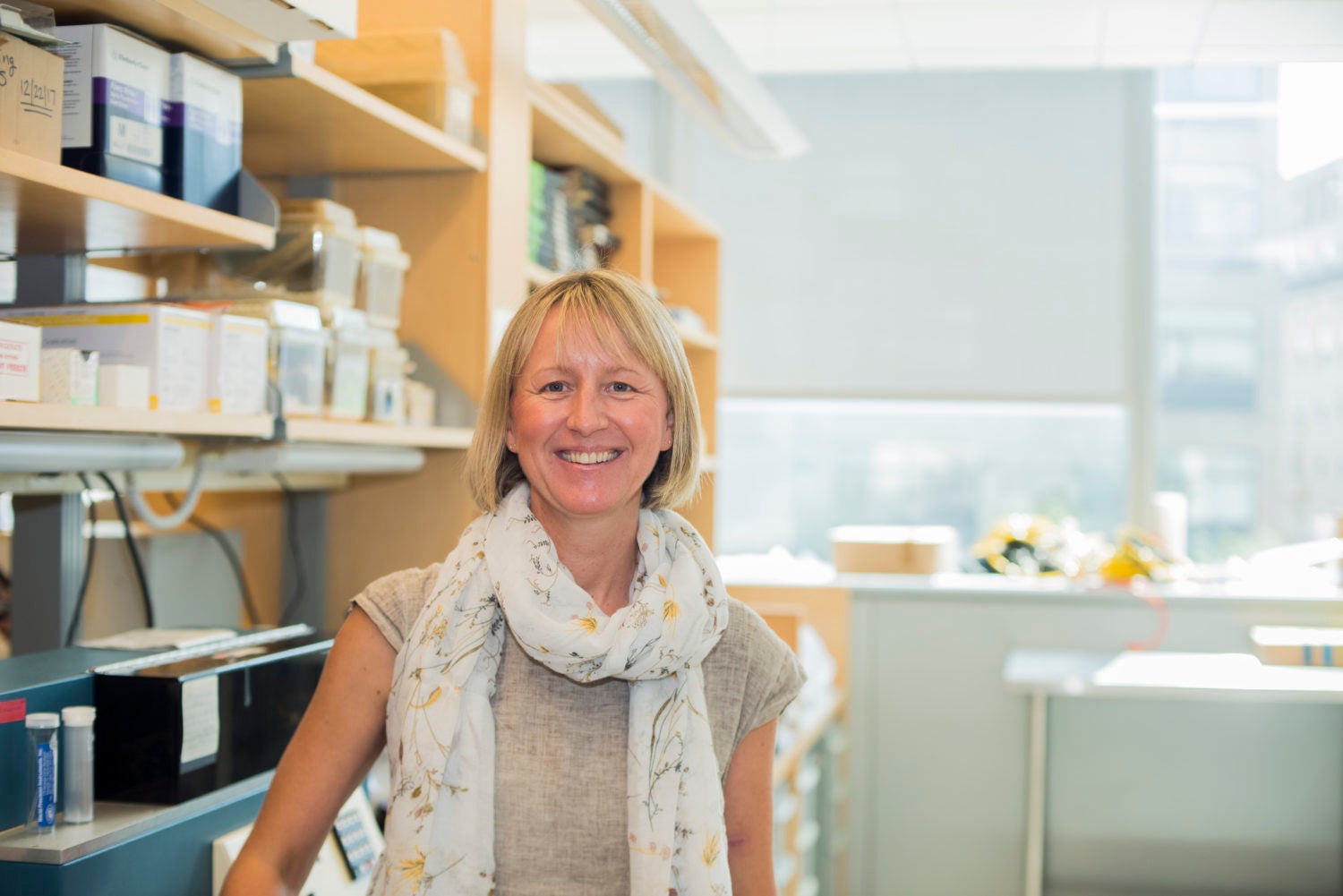
Sensory hair cells of the inner ear transduce mechanical stimuli into electrical signals, which are transmitted to the brain. The primary goal of my research is to characterize the functional and molecular development of these inner ear hair cells.
In particular, I am interested in the developmental acquisition and maturation of sensory transduction in hair cells. I am using this information to identify molecular correlates that underlie hair cell mechanosensation. Using this strategy, our group identified two proteins, TMC1 and TMC2, as components of the sensory transduction complex (Kawashima*, Géléoc* et al. JCI 2011; Pan, Géléoc et al., Neuron 2013). Tmc1 was identified over a decade ago through positional cloning of a gene underlying both dominant and recessive nonsyndromic sensorineural hearing loss (Kurima et al., 2002) but its function was unknown. A current focus in the lab is to understand how these proteins function in hair cells and how they contribute to frequency tuning along the cochlea. In addition, we are now in a prime position to investigate the function of several hair cell genes associated with hearing loss. We are applying our knowledge and expertise to study gene mutations that cause Usher Syndrome, the most common form of combined deafness and blindness. Using adeno- or adeno-associated virus, we can manipulate genes or introduce exogenous sequences to rescue function in hair cells of mutant mouse models (Geleoc and Holt, Science 2014). Using this approach, we have demonstrated unprecedented recovery of inner ear function in a mouse model of USH1C (Pan et al. Nature Biotech. 2017).
Taking this to the next step, we seek to explore different approaches for gene therapy of Usher syndrome and deafness, extend the study to other genes most commonly associated with deafness and deaf-blindness including some of the larger genes that extend beyond AAV capacity and require different approaches. This work will help move the field closer to the clinic with the hope of providing new therapies for patients.
